‘Nothing is more precious than love’
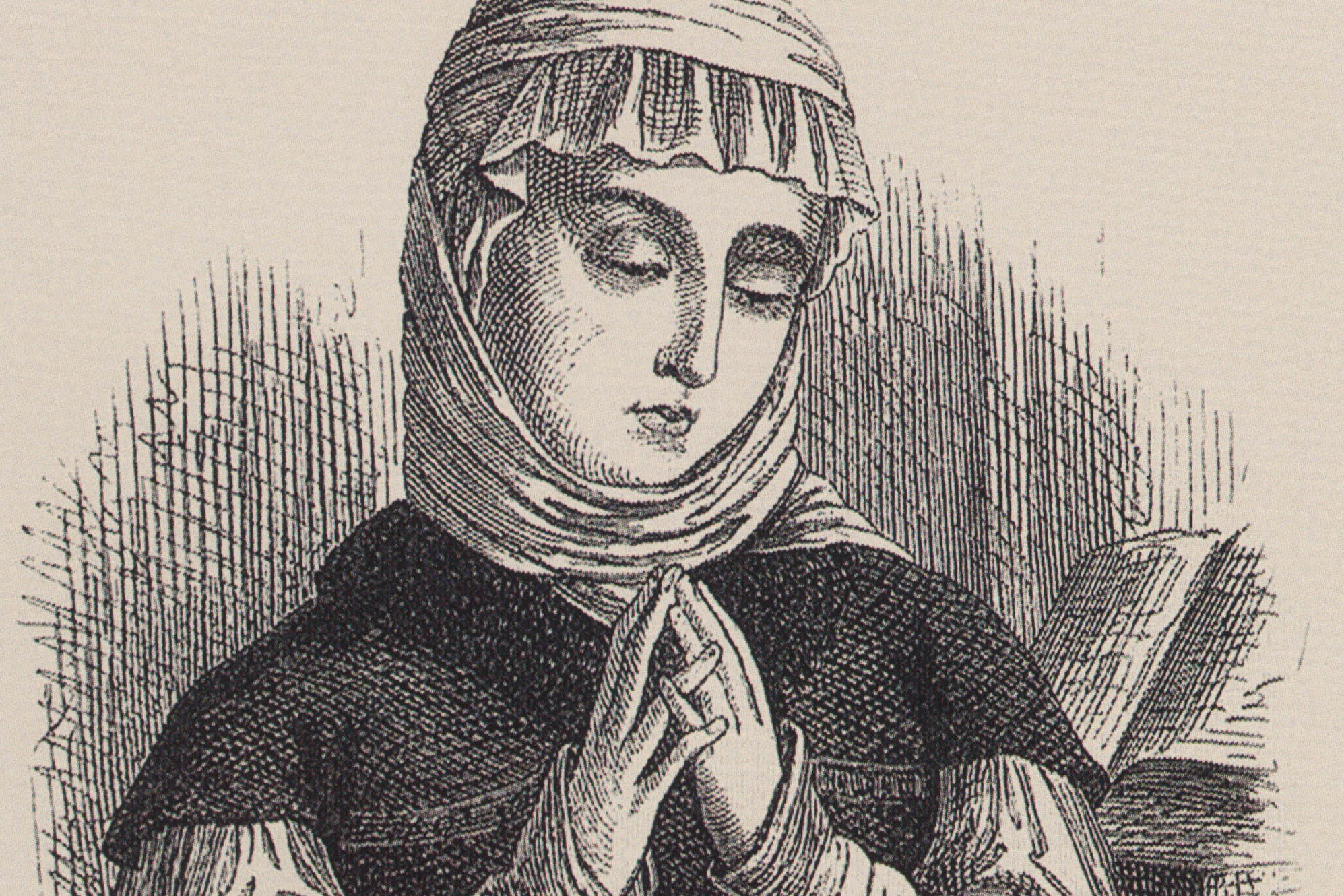
The new priest appeared before his congregation for the first time on January 1, 1519. The faithful sat shoulder to shoulder on the benches of Zurich's Grossmünster, for Huldrych Zwingli's reputation had preceded him: he was said to be a gifted preacher, if highly individual. Though there is no documentary evidence for this, we can assume that Anna Reinhart was among those listening to his sermon. She lived very close to the church.
Daughter of the innkeeper of the “Rössli”, Anna was said in her youth to be “an extremely lovely creature”. And that probably explains why Hans Meyer von Knonau, scion of a leading family, fell hopelessly in love with her and wanted to marry her. His father was furious. He threatened to disinherit him and finally sent him to Constance. It didn’t work: no sooner had Hans returned than he married Anna behind his father’s back.
“The Reinhart girl loved her husband, and he loved her too,” wrote a surprised contemporary chronicler: marrying for love at the time was the exception rather than the rule. Thirteen years and three children later, Hans died – probably of the syphilis that he had brought home with him after fighting as a mercenary in Italy. That was in 1517. Anna was thirty-three years old.
This historical account is part of a series of swissinfo.ch articles marking 500 years of the Reformation. The origin of the Reformation is generally considered to date back to the publication in Germany of the Martin Luther’s 95 Theses on October 31, 1517.
The next thing we know about the widow is that she sent her son to Zwingli for Latin tuition. She also cared for the priest when he fell ill with the plague in the autumn of 1519 – which was dangerous, as she risked catching the disease herself. She may have done it out of Christian charity, but there is a strong suspicion that Anna had fallen for her new neighbour – because two years later, on July 21, 1522, she said “I do”.
The couple kept their marriage a secret, though, because priests were not yet allowed to tie the knot – though shortly beforehand, Zwingli had called for priests to be allowed to marry because it would save those “suffering the temptations of the flesh” from the sin of fornication. That’s the theory, anyway. In practice he wanted to endanger neither his own position nor the Reformation itself by contracting a marriage that most of his contemporaries regarded as monstrous.

Marriage as a signal
Zurich was too small a place for him to keep his secret. Rumours that Zwingli was an “impure fellow” soon began to circulate. Even in Basel it was said that he had “taken away an honest man’s wife”. And when Anna’s belly began to swell, the couple had no choice but to take the bull by the horns: their marriage was consecrated in the Grossmünster on April 2, 1524, in the presence of “the assembled great and the good”.
Zwingli’s friends were delighted: in the struggle against the Church, this marriage was a powerful signal. Strasbourg reformer Martin Bucer was even “almost beside himself with joy”. The citizens of Zurich, though, were determined to stop a very pregnant bride from moving into the vicarage. Zwingli had to obtain an order from the authorities permitting Anna and his stepchildren to move in with him. Regula – the first of the four children they were to have together – came into the world five days later. That didn’t stop the vilification. Accused of only marrying the widow for her money, Zwingli responded by saying she had not a penny more than “400 guilders, not including her clothes and jewels”. And since the marriage she had worn “neither silk gowns nor rings”, instead dressing “like the wives of other simple craftsmen”.
Zwingli in love
Though Zwingli never wrote anything about his marriage, of one thing we can be sure: his assertion that nothing is “more precious than love” also applied to his love for Anna. He was a loving father, both to his stepchildren and to his own. When a Catholic dignitary reproached him with his love of music, he was indignant: “What I have learned on the lute, the violin and other instruments now helps me to keep the children quiet! But you are too holy for such fripperies.”
For Anna her second marriage was no more a bed of roses than her first. While he fought for the Reformation, she managed the household at the vicarage, often entertaining, visiting the poor and sick, and spending her evenings patiently listening to Zwingli reading her his latest translations of the bible. When she gave birth to their fourth child, he was in Bern helping the Reformation to make its breakthrough. “Dearest wife”, he wrote to her, “I thank God that He has vouchsafed you a happy confinement” – adding that she should send on his cassock as soon as possible.
A sad end
But the hardest thing for Anna to cope with was that her husband was the object of hostility and threats. His enemies smashed the vicarage windows during the night, tried to kidnap him – and even hatched plots to murder him. Zwingli tried to spare her as far as he could, keeping the worst of it from her – but it is doubtful whether that made things at all easier for her. When he set off to meet Martin Luther in Marburg, 400 kilometres away, he told her he “had things to do in Basel”. Only after he had arrived did he write to his brother-in-law in Zurich, asking him to tell her the truth – or at least “as much of it as a wife should be told”.
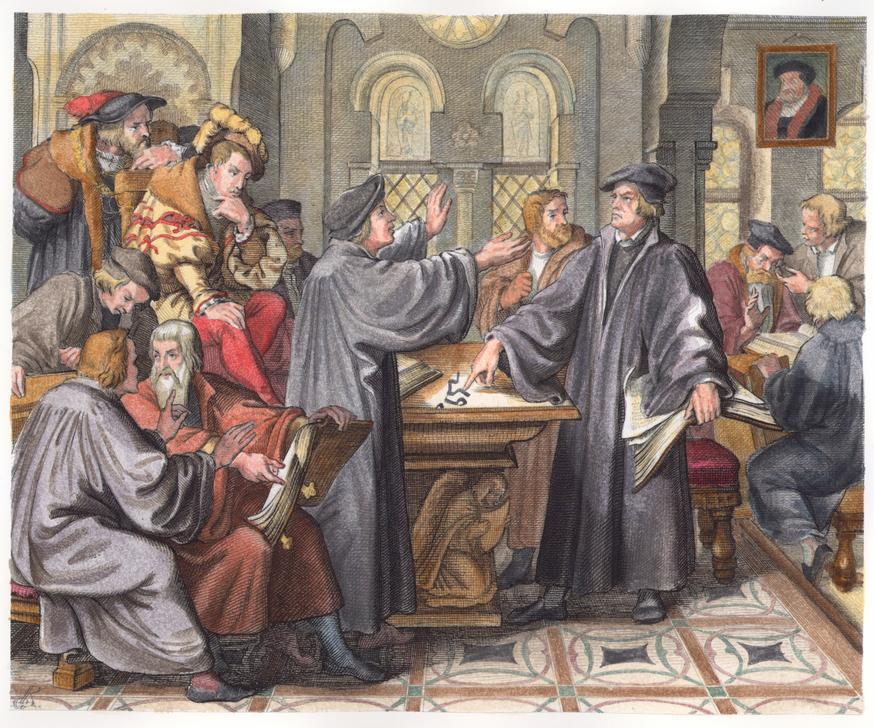
On October 11, 1531 Zwingli left her again. The founding cantons had declared war on Zurich as a hotbed of the Reformation. He wrote to one of his best friends that he would do “the duty of a faithful watchman”. But on the same day, at the battle of Kappel, he was taken prisoner and killed. His corpse was quartered and burned, his ashes scattered to the winds. For Anna Reinhart it was the blackest day of her life. As well as her husband, she also lost her eldest son, her brother, a brother-in-law and a son-in-law. Trying to comfort her, a friend of Zwingli’s wrote “My very dearest lady, I keenly feel your grief and sorrow […] who would not sympathize with you? But praise be to God for giving you such a spouse, ever revered after his death for his honesty, of whose name your children will be proud.”
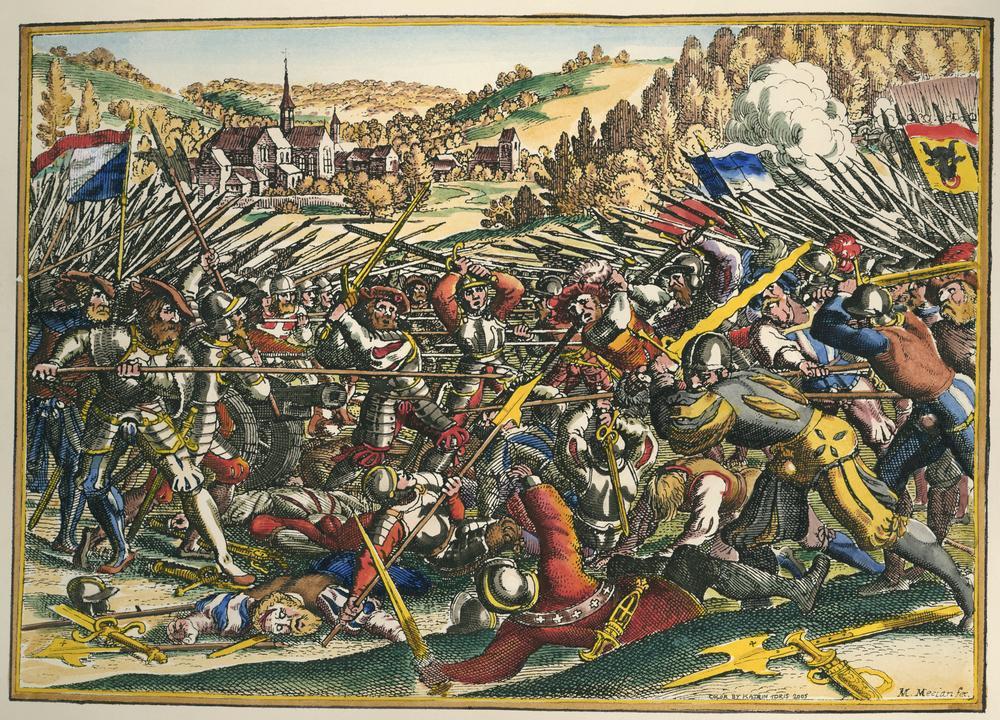
Heinrich Bullinger, Zwingli’s successor at the Grossmünster, took the widow and her children into the vicarage with him. Anna Reinhart died seven years later, at Christmas 1538, of the plague.

In compliance with the JTI standards
More: SWI swissinfo.ch certified by the Journalism Trust Initiative








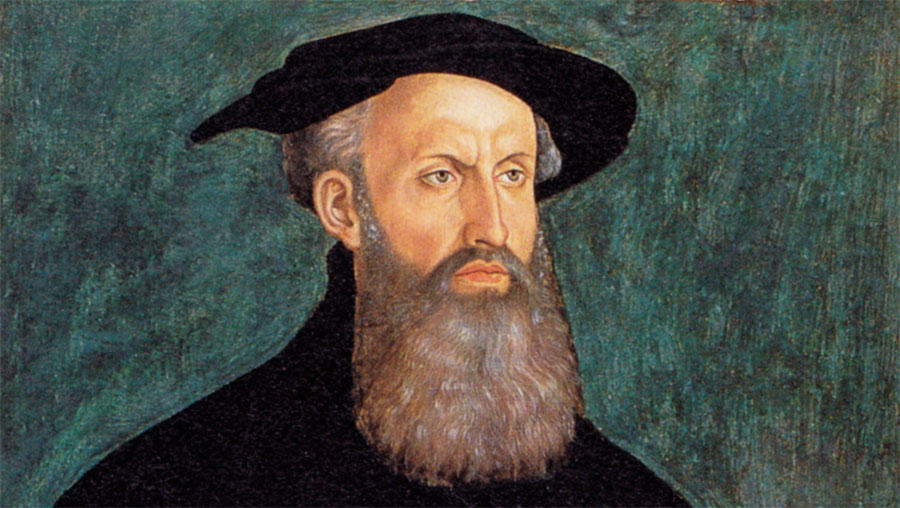


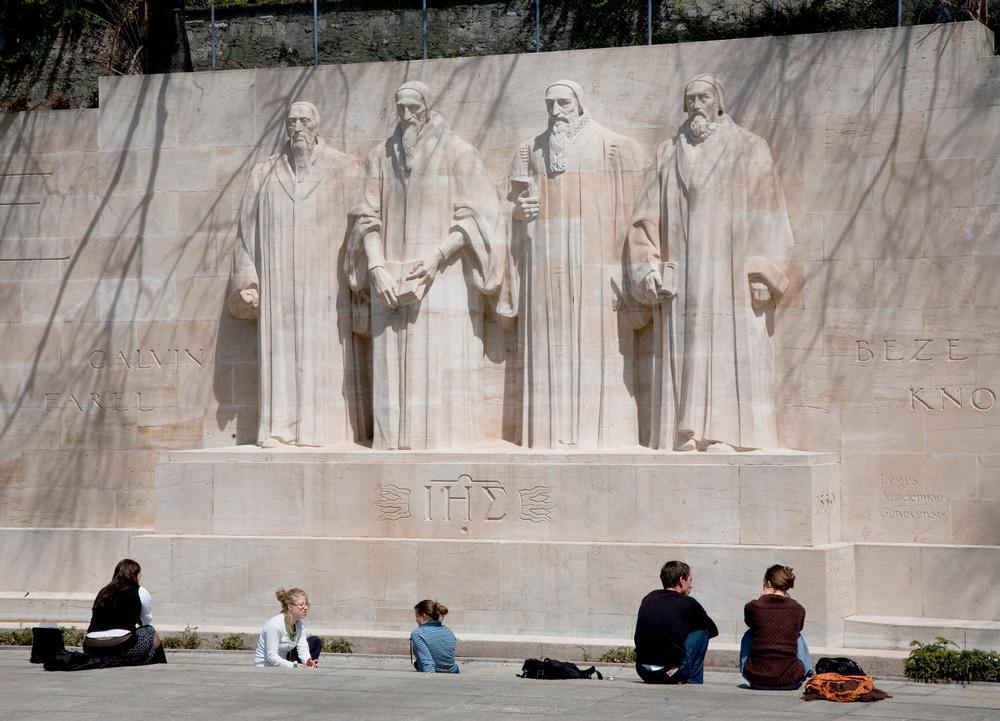
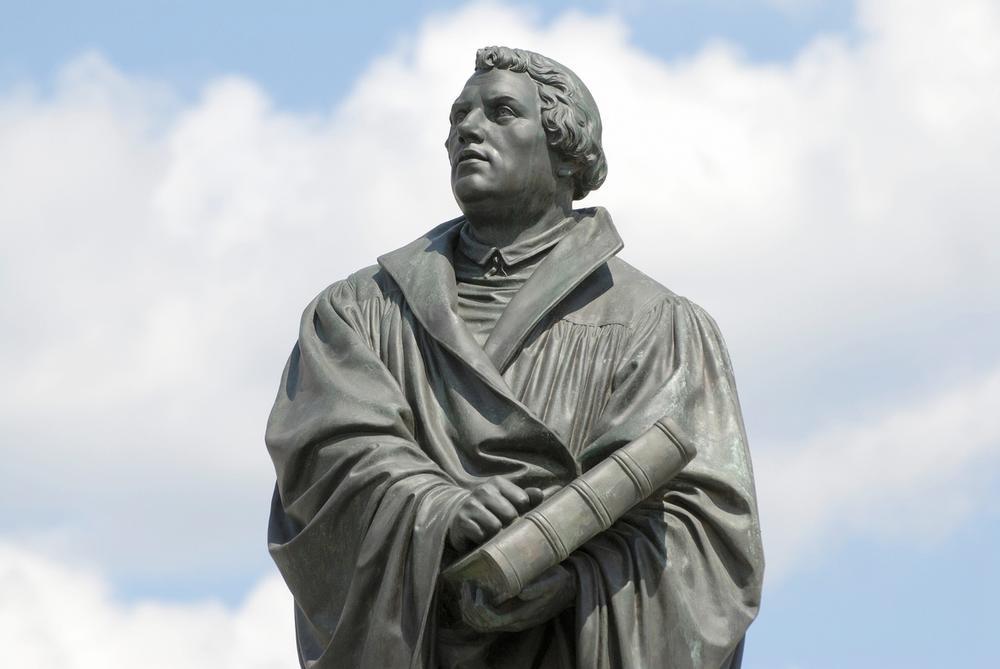
You can find an overview of ongoing debates with our journalists here . Please join us!
If you want to start a conversation about a topic raised in this article or want to report factual errors, email us at english@swissinfo.ch.